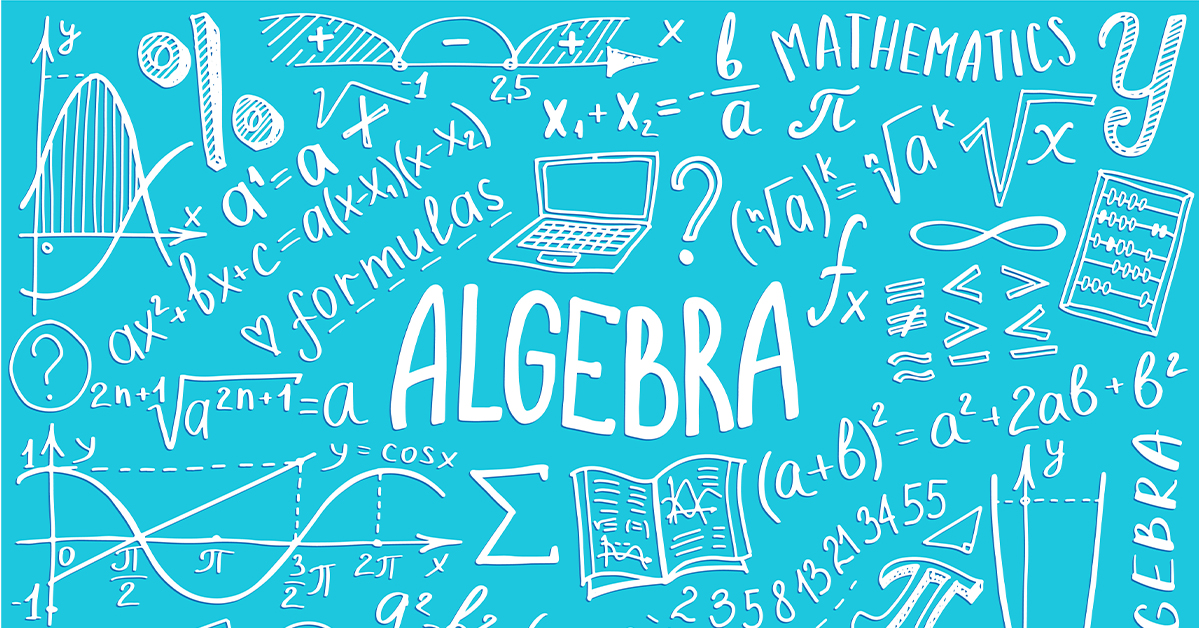
According to BBCNews.com (May 5, 2016), the number-one reason a building collapses is because the foundation is too weak. In the article, a civil engineering professor from Nigeria notes the two things that should be considered when building a foundation:
1) Solidity of soil.
2) heaviness of the building and its contents.
The most famous of uneven edifices, the Leaning Tower of Pisa, is a perfect example that neglects these requirements. This white marble bell tower began to settle unevenly underground after builders completed only three of its eight planned stories. For over 800 years, through intermittent construction and reinforcements, its foundation continued to sink until it had to be closed to visitors in 1990. By that time, it was leaning at an angle of 5.5°, a full 15’ from the perpendicular! It took another 18 years for engineers to bring it up to its current 19” lean, and the tower is once again open for visitors to enjoy.
Building a Strong Math Foundation
What does this have to do with math?
It’s an excellent word picture for why a solid foundation in basic math concepts is essential to future success in mathematics. Consider students being passed from grade to grade who have not fully grasped early concepts and skills, only to have more and more “weight” added each year. Without a solid foundation, like our favorite Italian building, eventually they will begin to sink.
The Math-U-See curriculum lays a solid foundation at the earliest stages by teaching and emphasizing place value. Learning and understanding this concept contributes to students’ success in understanding later concepts like regrouping, fractions, and decimals.
Math-U-See students then build upon that foundation through a specific sequence of concepts that grow in complexity. The key to their success is mastery of each prerequisite skill before proceeding to the next. This is why the Math-U-See mastery approach is so unique. It is skills-based, so no grade levels are assigned, and students can progress through the curriculum at their own pace.
Schedule a free Math-U-See consultation today!
How Amanda Discovered Math-U-See
Amanda, a second-generation homeschooling mom, encountered the Math-U-See program as a homeschool student and shares her story:
“I was in 7th grade and struggling through math with daily tears. The oldest of five kids, we had tried several different math programs, but I struggled to understand and relate to what I was learning. I could memorize the math facts, but I lacked any real comprehension and couldn’t do a word problem to save my life. Friends recommended the Math-U-See program to my mom. We watched the video of “Mr. Steve” demonstrating math concepts using the manipulative blocks, and light bulbs started going off in my head! For the first time I could see math and understand what was being taught. I had younger siblings who were just beginning the program, so my parents took me back to the beginning levels as well.
Many parents are apprehensive about backing up with an older student, but I can assure you it is worth it! Math is sequential: each concept builds on the next. If you miss anything in the sequence, future concepts will be a struggle. For instance, if a student hasn’t mastered fractions, they will also struggle with Algebra, as fractions are foundational to success in upper levels.
I moved quickly through the levels. It didn’t take long for me to do a thorough review and build out my concepts so I could “see” them, this time with mastery and understanding. While not every student needs to back up to the beginning like I did, it can certainly benefit some.
Learning math is similar to building a house. Without a good foundation you won’t get a good structure. My mathematical house is well built. I am confident in the structure and have understanding, thanks to a solid foundation using the Math-U-See curriculum.”
If you’d like to learn more about the unique Math-U-See approach to teach your student math, please reach out. We can help you evaluate your student’s needs to determine their readiness and proper placement in the program.




The engineers use algebra to solve problems forming new inventions for dynamics. They apply algebra to locomotive.